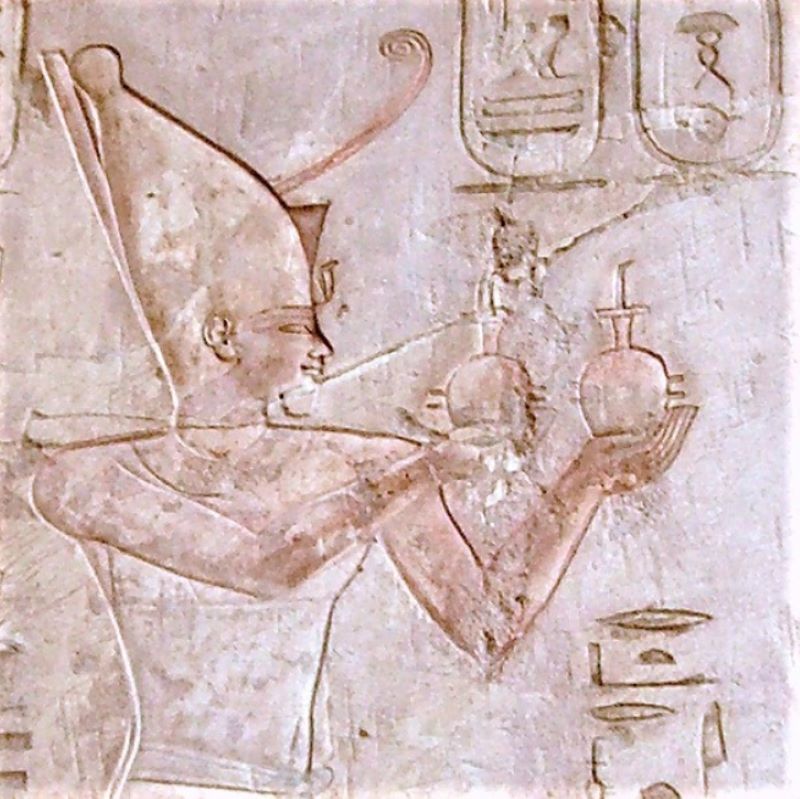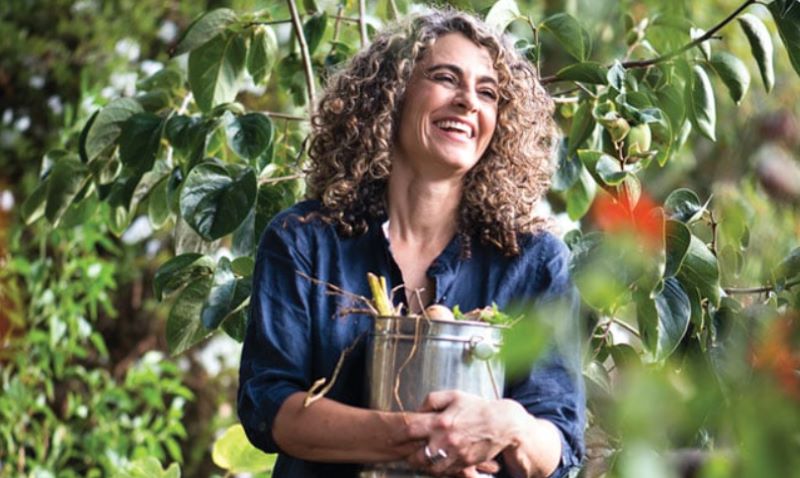
Yoga means many things to many people. It’s a spiritual practice, a way to stay flexible, a meditation practice, a system of wellbeing, and even a form of therapy.

By Lalita Kaplish
Digital content editor
Introduction
Gather five practitioners together in brightly lit room with hard floors. Ask them about what yoga means to them, and you’ll get five different, yet completely authentic, answers.
“For me, yoga’s like eating, sleeping, breathing. It’s something that I have to do,” explains James, as he perches calmly on his mat.
For Alaric, it’s also about something more than daily life. “As an Iyengar teacher, it’s about refinement of consciousness, with the body as tool.” His bright blue eyes radiate intensity. “The body is also the doorway to discover and experience mystical phenomena.”
Sharing the mat with Alaric is Suzanne. “It’s a form of healthcare, it’s an idea of union with the divine. One can draw from this rich tapestry to create different understandings of yoga.”
Modern yoga is a global phenomenon. It’s also big business – many of the major schools or styles of yoga are transnational organisations selling classes, equipment, books and videos for their systems. There has even been a (failed) attempt to copyright a yoga system.
At the same time, modern yoga systems insist on their continuity with ancient practices, drawing on the authority of an apparently unbroken tradition going back thousands of years.
Most people are vaguely aware that the origins of yoga are connected to ancient India. The postures (asanas) and breath control (pranayama) we do in our weekly yoga class are often given as translations from Sanskrit names such as adho mukha svanasana – downward facing dog.
But how did a tradition with ancient roots in the Indian subcontinent end up as a weekly yoga class in places as far afield as London and Los Angeles?

The ‘downward facing dog’ yoga pose imaged with thermography by Thermal Vision Research.
Recent histories of yoga suggest that what most of us practice as yoga in the West – a posture-based exercise system – emerged relatively recently, and is the result of India’s encounters with colonialism and modernity as well as its ancient cultural heritage.
Ancient Practices
The ancient roots of yoga provide several meanings for the term ‘yoga’, associated with spiritual and devotional practices, and ways of living. Today it commonly refers to a physical posture-based practice, but in the majority of ancient texts the term ‘yoga’ also meant the goal achieved by such practices.
It is linked to Hindu, Buddhist, Jain, Sikh and even Sufi religious traditions from the subcontinent. There is not one Yoga, but many yogas – practices that have been interpreted, adapted and appropriated over time and place and coalesced from several ancient and modern traditions.

Siddhārtha Gautama renounced his princely life to become an ascetic. Here he is shown before he became the Buddha, meditating in the traditional cross-legged pose associated with yoga. Sinhalese (Sri Lankan) Buddhist manuscript.
Yogic techniques started among ascetics – individuals who renounced worldly affairs to live outside society. Their practices were passed from teacher to student for centuries, and as a result there are few written records of the earliest yogic practices.

The yogi with his student. Hindi manuscript.
One of the earliest Hindu texts to discuss yoga is the ‘Baghvad Gita’ (around the 3rd century CE), which draws on the ascetic practices of the time, but brings elements of them back into everyday religious practice. It acknowledges the value of renunciation but considers Karma yoga (the yoga of action) to be superior, although both could bring “ultimate bliss”.
A way of Remaining
The text most commonly cited as the authority on ancient yoga is Patanjali’s ‘Yogasutras’, dated somewhere between the 2nd to 4th centuries CE. The ‘Yogasutras’ includes an eight-fold yoga practice (ashtanga) intended to ultimately free the mind from the body. This includes breath control, withdrawal of the senses, meditation, fixing the mind and perfect contemplation.
In these very early texts the word asana (posture) usually denotes a way of sitting or remaining. Only much later does it come to include the physical postures and dynamic sequences that we would call asanas and vinyasas today.
The Subtle body
Another ancient tradition associated with yoga is Tantra. Tantric practices flourished in the Indian subcontinent between the 6th and 13th centuries CE. They were developed by ascetics to release the mind from the earthly body and ultimately to reach higher levels of consciousness in order to achieve unity with the Divine.
The Tantric tradition includes transgressive practices – consumption of forbidden substances, sexual rites, extreme physical austerities and near death experiences – through which the ascetic might attain supernatural powers. Because of this, practitioners were sometimes regarded with suspicion by the wider community.

The Tantric subtle body showing the chakras and kundalini energy.
The Tantric practice most often incorporated into yoga is visualisation. Tantric metaphysics visualises a subtle body within the physical body. The subtle body consists of a system of channels, which, through tantric practice, can direct ‘energy’ through the body. A system of power centres (chakras or wheels) along the central channel of the spine from the core of the subtle body.
The ‘energy’ is visualised as a goddess or female serpent called Kundalini, coiled at the base of the spine. Through visualisation and meditation, Kundalini can be drawn up the central channel of the spine towards the crown of the head. Specific breathing practices along with physical positions called bandhs (locks) and mudras (seals) could help to direct the flow of Kundalini to certain channels and chakras.
Not just Seated Poses
In their earlier forms, yoga asanas (postures) were mostly the seated poses of the ‘Yogasutras’ or tapas (inner heat or energy) inducing poses held for long periods, rather than repeat a sequence of postures (vinyasa) that are familar to us today.
Hatha yoga emerged from round the 11th- to- 12th century CE, drawing on both the methods of the ‘Yogasutras’ and Tantric practice. But hatha yoga texts were among the first to have systematic descriptions of yoga asanas that were not just seated poses. They also included a much broader range of practices. Some modern yoga practices still include elements of these, along with asanas and breath control (pranayama).
The seminal 15th century hatha yoga text ‘Hathayogapradipika’ (Light on Hatha) describes 15 asanas, eight of which are non-seated poses. It is the first text to include Shavasana, the corpse pose, as an asana, although the pose was used as a visualisation technique in the Tantric tradition long before.
The number of asanas mentioned in hatha yoga texts gradually increased. By the 18th century, the ‘Yogapradipaka’ described 84 asanas, most of which have therapeutic benefits.
Six Techniques of Hatha yoga

Hatha yoga includes a range of different techniques, including Kapalabhati – forcible expulsion of air through the nose.

Neti – clearing the nasal passages with water or string – is a practice that spread beyond yoga into therapy.

Dhauti – ingesting cloth into the stomach – is one of several hygiene related practices still used by ascetics and some yoga practitioners.

Nauli – abdominal massage through muscle contraction – remains a part of modern hatha yoga.

Basti – taking water based enemas – is another hygiene technique in hatha yoga.

Trataka is a meditational aid that involves staring at a single point such as a small object, black dot or candle flame, sometimes until the eyes water.
Back in the brightly lit room, James talks easily about the ancient traditions in his yoga. “The main focus of my practice is pranayama meditation. Sometimes my practice is dynamic, sometimes it’s restorative, depending on my energy levels.”
Clearly, links and continuities exist between ancient practices and modern yoga, but it’s far from an unchanging tradition. From Patanjali to the Tantric ascetic to the modern guru, every yogi adds to the tradition.
Debra Diamond, curator of the exhibition ‘Yoga: the Art of Transformation’, describes yoga as “an embodied process of transformation”. What the story of modern yoga shows us is that yoga transforms not just the person, but itself.
Originally published by Wellcome Collection, 01.04.2018, under the terms of Creative Commons Attribution 4.0 International license.







